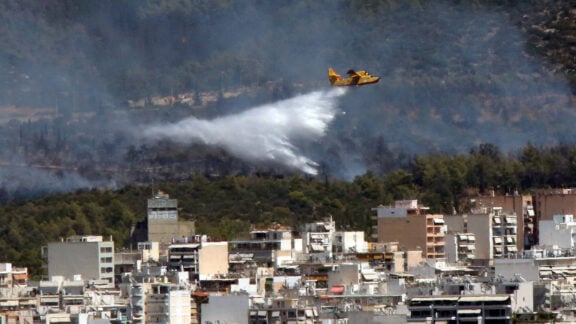Australia’s Greeks are renowned green-thumbs, you only need to take a stroll through suburbs like Reservoir or Oakleigh to get a firsthand look at their gardening prowess.
You’ll often hear older members of our community lament a poor harvest among one another, with speculation that any given year will see tomatoes yield poorly, rarely misplaced.
But what if there was a way to get a leg up in the fight against the horticultural adversity, and give your veggies the best chance to thrive.
While they can’t help with the weather, Victoria’s Environment Protection Authority (EPA) can, and are willing, to give Victorians some scientific insight into how to best nurture their plots.
As part of a global initiative investigating soil health and potential contaminants, the EPA is launching a new program to uncover the gritty mysteries in our gardens.
GardenSafe is a soil screening service that analyses your dirt and tells you what nasties might be hiding underneath your crops.
Additionally, it’ll clue you in to the quality of your soil giving insight on potential factors which could see your kipo flourish, or falter.
“If you are growing fruit and vegetables at home, you should use GardenSafe to check what is under the surface of your seedlings. The only cost to you is the postage,” says the EPA’s Chief Environmental Scientist Professor Mark Patrick Taylor.
“Our scientists assess each sample they get for trace elements and general soil quality indicators, including soil texture, composition, nutrients and organic carbon; as a science-based regulator we need this data.”
And don’t fret, data gathered by the GardenSafe program will not be used by the EPA in its compliance and enforcement activities.
They’re inviting Victorians to send their team three soil samples from their gardens, for the small price of postage, in return for a short report detailing the results of their tests and an explanation of how to interpret them.
“This information will help gardeners better understand what’s in their soil. It will also help to reduce potential risk and exposure if soil contamination is present,” says Professor Taylor.
“As a partnership between EPA Victoria and members of the community, it’s a great example of how we can work together, after all, the environment is everyone’s business.”
The one-year pilot run by the EPA’s Citizen Science team hopes to equip the community with the knowledge and resources they need to understand backyard soil quality.
Contamination can affect soil quality and impact how veggies grow. It may also have human health implications from eating garden produce or working in the garden if contaminants are found in high concentrations.
The findings from GardenSafe will help to build EPA’s understanding of contamination, especially in urban areas, and by extension help the green-thumbs among us scientifically secure their most bountiful harvests.
Those interested in taking up the EPA’s offer can do so at the following link: www.360dustanalysis.com/get-started/soil/australia/victoria









